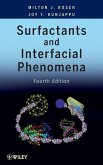
Gebundenes Buch
4. Aufl.
6. März 2012
Wiley & Sons
| eBook, ePUB | 134,99 € | |
| eBook, PDF | 134,99 € |

eBook, ePUB
25. November 2020
Taylor & Francis eBooks
| Gebundenes Buch | 238,99 € | |
| eBook, PDF | 183,95 € |
Ähnliche Artikel
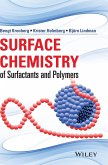
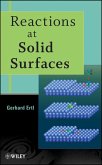

Broschiertes Buch
2. Aufl.
1. Oktober 2009
Wiley & Sons

Gebundenes Buch
2. Aufl.
1. Oktober 2009
Wiley & Sons
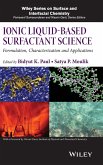
Gebundenes Buch
Formulation, Characterization, and Applications
1. Auflage
21. September 2015
Wiley & Sons
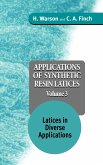
Gebundenes Buch
1. Auflage
8. Oktober 2001
Wiley & Sons
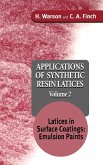
Gebundenes Buch
1. Auflage
8. Oktober 2001
Wiley & Sons

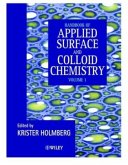
Gebundenes Buch
1. Auflage
15. Februar 2002
Wiley & Sons
Ähnlichkeitssuche: Fact®Finder von OMIKRON
